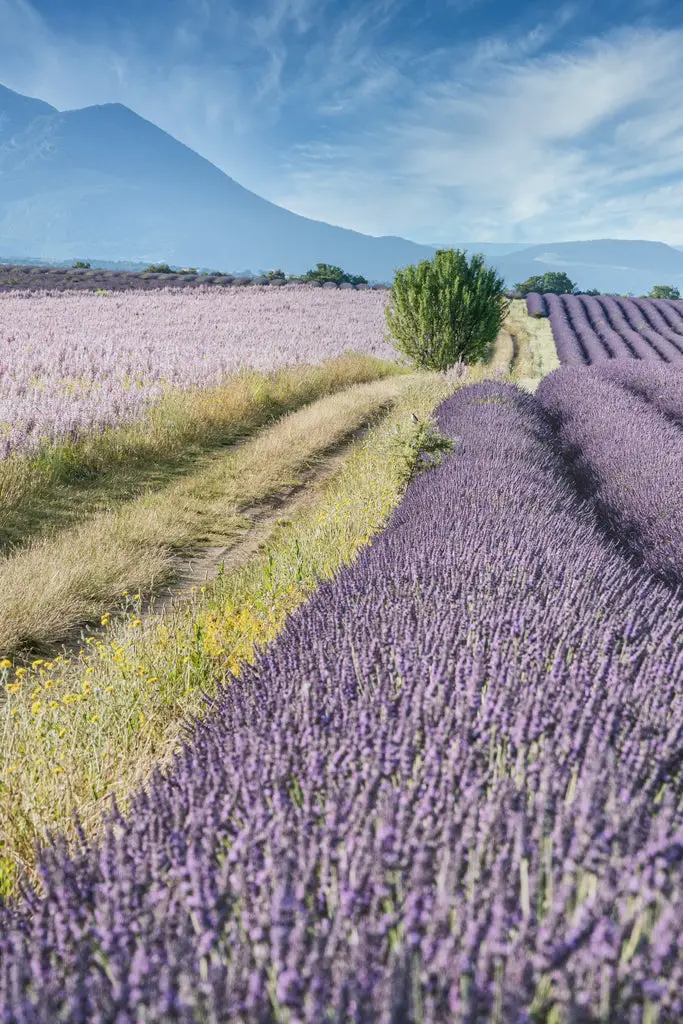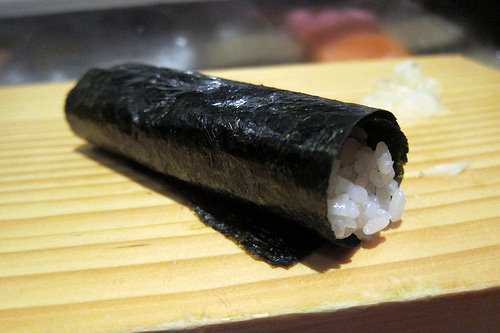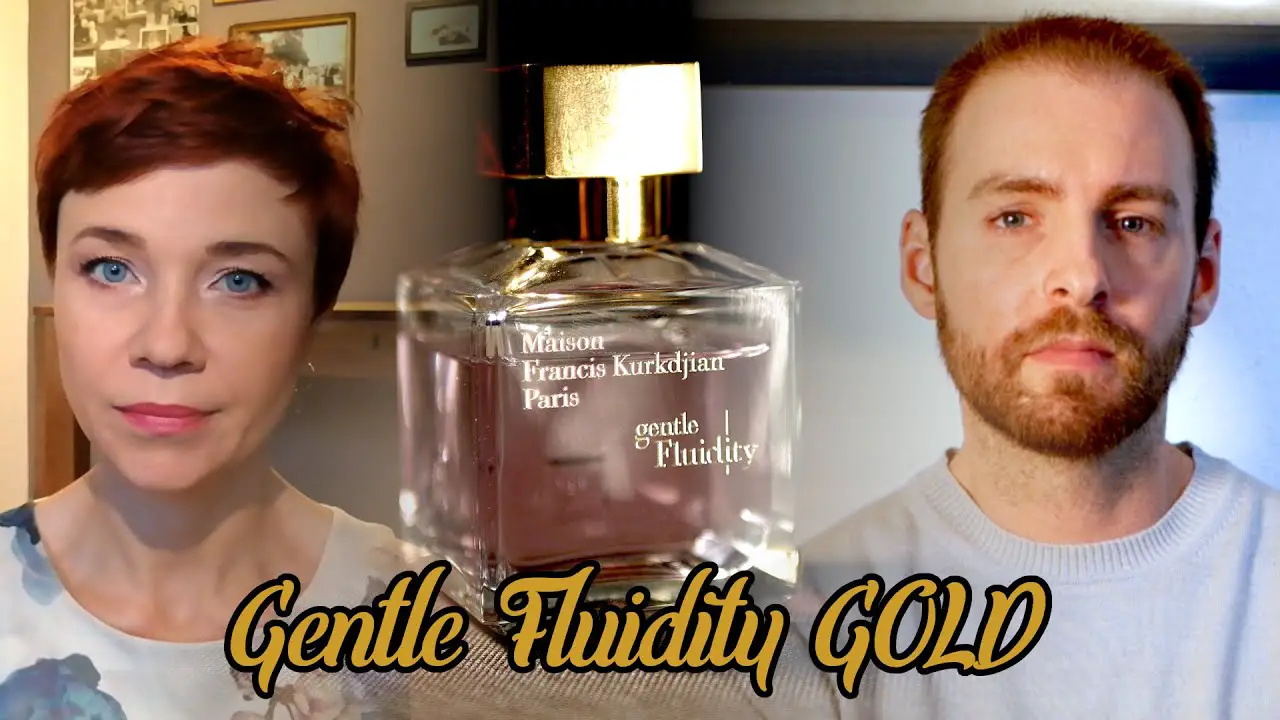Lavender, a name that immediately brings to mind a distinct fragrance and a swath of vibrant purple. But what exactly does lavender smell like? This seemingly simple question opens the door to a sensory journey that is both complex and wonderfully soothing.
At its core, lavender’s fragrance is floral and sweet, a primary characteristic that has made it a favorite in gardens and homes for centuries. But to stop there would be to do a disservice to the depth of this plant’s aroma. Lavender carries with it a certain herbaceous freshness, a green note that sets it apart from other sweet, floral scents. This freshness is reminiscent of a gentle morning breeze through a meadow, invigorating yet calming.
There’s also a subtle woody undertone to lavender, a hint of earthiness that grounds its ethereal floral notes. This combination evokes the image of lavender fields stretching under the open sky, their roots nestled deep within the nurturing earth. It’s this grounding aspect that often brings a sense of balance and tranquility to those who inhale it.
Perhaps one of lavender’s most intriguing aspects is its hint of camphor. This slightly medicinal, minty note adds a layer of complexity, endowing lavender with a refreshing and cleansing quality. It’s this characteristic that makes it so popular in aromatherapy, known for its ability to clear the mind and ease tension.
Interestingly, the perception of lavender’s fragrance can vary slightly from person to person, influenced by individual experiences and associations. For some, it brings back memories of a loved one’s garden, a nostalgic link to past times. For others, it’s a scent that signifies relaxation and self-care, often associated with spa treatments and calming bedtime routines.
Moreover, the scent of lavender can change depending on its form. Dried lavender, often used in sachets and potpourris, has a more subdued, muted fragrance, with its earthy notes coming to the forefront. In contrast, essential oil of lavender, distilled from the plant’s flowers, is more intense and concentrated, where the floral and camphor notes are more pronounced.
Lavender’s scent also changes slightly based on its variety. From the sweetly potent English lavender to the more delicate and light French lavender, each type offers a unique olfactory experience. These subtle variations make lavender not just a single scent but a palette of aromas waiting to be explored.
In conclusion, describing what lavender smells like is an exercise in painting with scents. It’s floral yet earthy, fresh yet slightly medicinal, calming yet invigorating. Lavender doesn’t just appeal to our sense of smell; it touches our emotions and memories, making it a fragrance that is as complex as it is beloved.









